“My approach to a sculpture seeks to frame nature so one can experience it more intimately,” says British artist Wolfgang Buttress, whose 17-metre high Hive installation opens at the Royal Botanical Gardens at Kew, in London on Saturday. “I want visitors to feel enveloped, wrapped-up and involved in the experience, rather than adopting the position of an external observer.”
Its 170,000 pieces of aluminium, suspended from the ground, appear as a twisting swarm of bees from afar, but as you come closer it becomes a hive-like structure of latticework whose low humming sound and hundreds of flickering LED lights draws you in to a multi-sensory instillation. The intensity of sound and light is controlled by the vibrations of honeybees in an actual hive at Kew that is connected to the sculpture.
Honeybees communicate primarily with each other through vibrations. By biting a wooden stick connected to a conductor, visitors to the Hive can get a sense of four types of vibrational messages through the bones in their head. These include the tooting and quacking signals that virgin queen bees make when they challenge each other in a display of strength to determine who will be the queen of the hive; begging, when a bee requests food from another another; and the waggle dance which communicates the location of a good food source.

No-one outside of a research laboratory will have had the opportunity to experience these bee messages which form part of pioneering work into honeybee communication being conducted by Martin Bencsik, a reader in physics at Nottingham Trent University.
Buttress, from Nottingham, originally conceived the Hive as the centrepiece of the UK Pavilion at the 2015 Milan Expo after researching the well-publicised decline of bees and stumbling across Bencsik’s research. It integrates architecture, art and design with science and the environment.
A one-acre wild flower meadow planted with 34 native species, including clovers and cornflowers, and a few later flowering cultivated varieties surrounds the Hive at Kew, along with 65 metres of native hedging.
When in bloom, the idea is that the buzzing of wild bees, of which 50 species have been identified at Kew feeding on the flowers, will greet the visitor as they walk along a path to the upper level of The Hive where an oculus connects the structure with the sky and the elements (unlike the dark, dry cavity where honeybees live).
Created and built by engineers Simmonds Studio, architectural practice BDP and York-based Stage One, the £6m Hive won the gold-medal for best pavilion at the Milan Expo, whose theme was feeding the planet.

With bees pollinating 70 of the most important crops that we eat, including most fruits, vegetables, nuts and seeds, as they collect the nectar and pollen from the crops’ flowers, Buttress says he wanted to highlight the significance of pollinators to our existence. “Bees are highly sensitive creatures and can be seen as sentinels for the health of the planet,” he says.
Kew’s director, Richard Deverell, said the Hive is a “great way to tell the story about the relationship between plants and insects”. For that reason, he says the botanical gardens are the perfect new home for a structure that allows us: “to explore the urgent issues we face in relation to pollinators, their intimate relationships with plants and their vital role in helping us feed a rapidly growing population”.
Kew receives 45% of its funding from the UK government, which was against an EU ban in 2013 on neonicitinoid pesticides shown to be harmful to bees. The UK also granted a temporary lifting of the ban in 2015.

Deverell says he hopes the Hive - the first UK Pavilion to be reused and brought back to Britain after an Expo - will attract a different audience to Kew, which had 1.6m visitors last year, making it the 15th most visited attraction in the UK. Kew has spent two year’s worth of its events and festival budget on the structure, which is hosting talks, tours and trails throughout its 18 months in residence.
The thoughtful Buttress says he wants the Hive to reconnect people with nature. “I opened a bee hive for the first time two years ago and it gave me a different outlook on life and how humans are connected to nature. We are in danger of losing that vitally important connection, especially in cities.”
The Hive’s meditative soundtrack of a 40,000-strong honeybee colony, along with instruments and the human voice, created by members of the band Spiritualized, has been named as one of the Guardian’s best albums of 2016 so far.
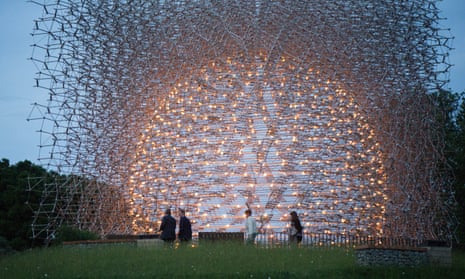

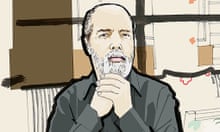

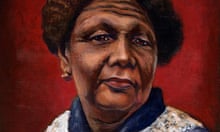

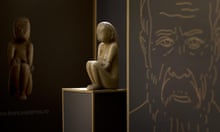
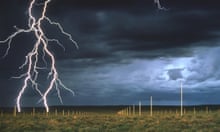

Comments (…)
Sign in or create your Guardian account to join the discussion